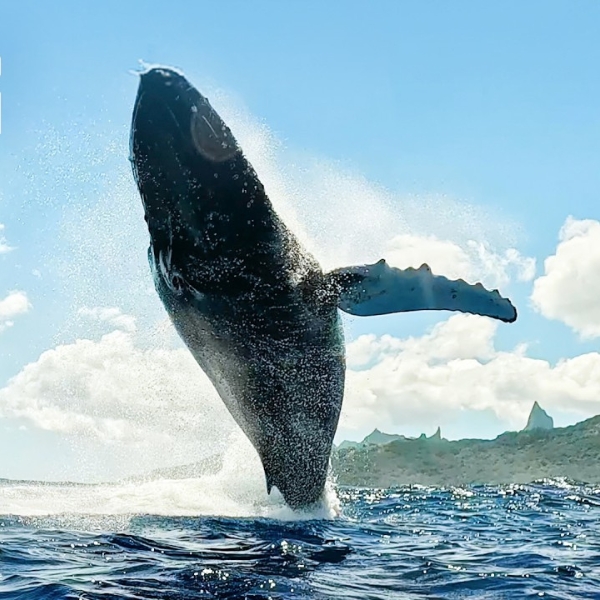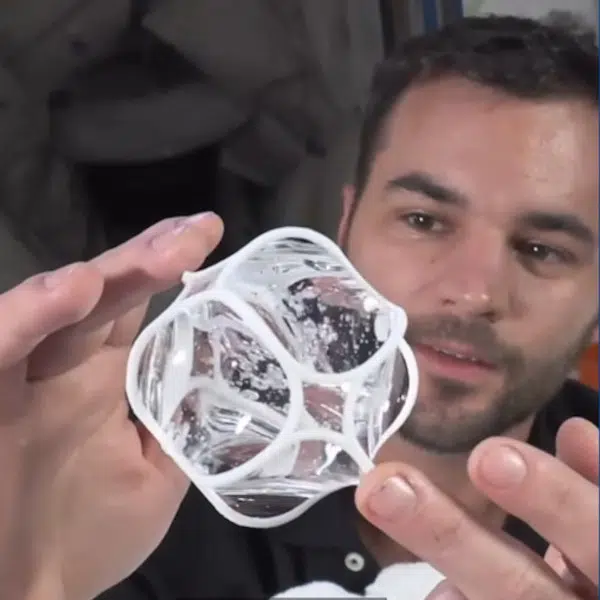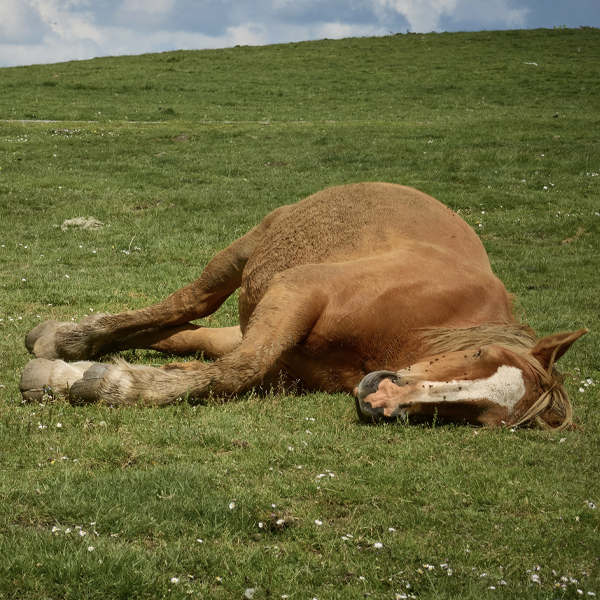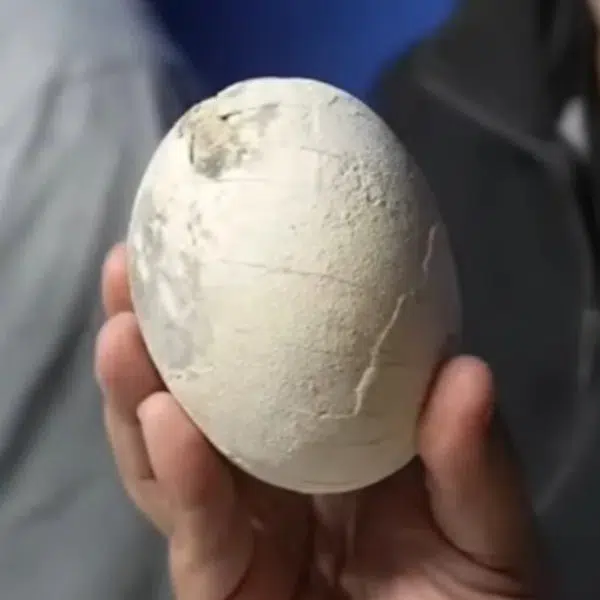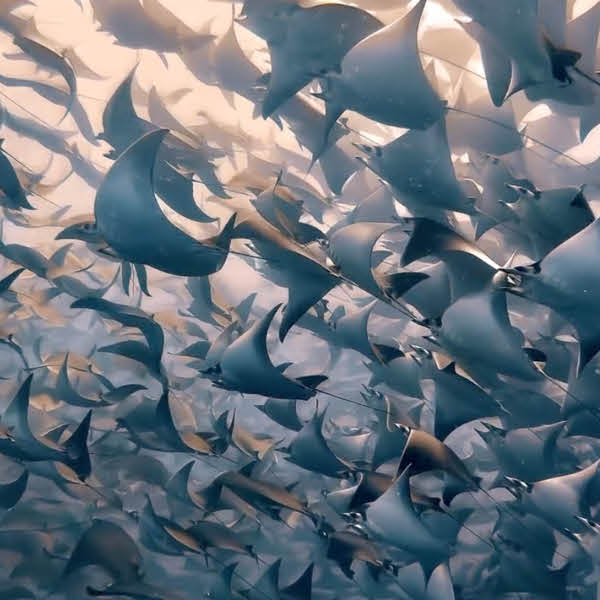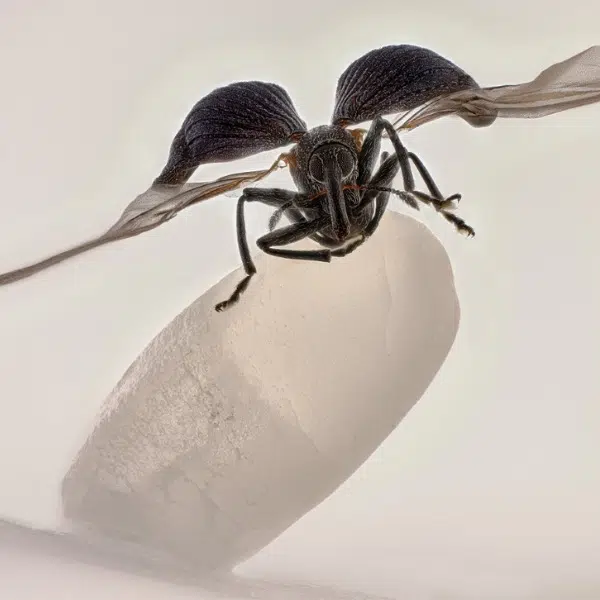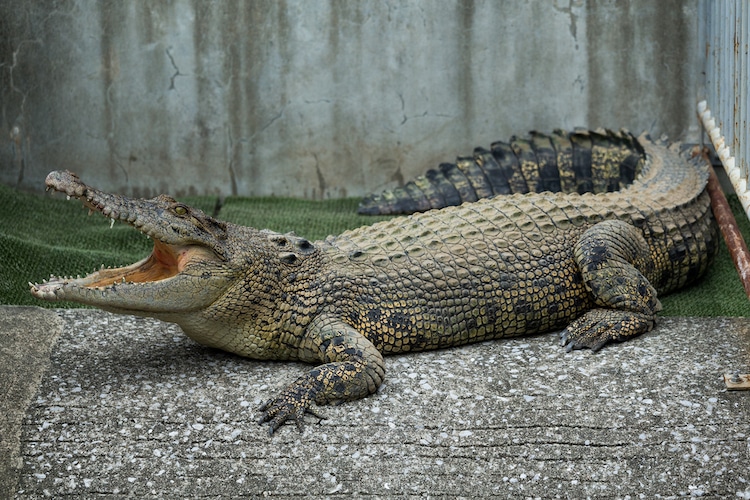
Photo: leungchopan/Depositphotos (Not a photo of the actual crocodile.)
At the beginning of 2018, a female crocodile in a Costa Rican zoo laid eggs. While this is generally not an unusual occurence, this particular situation was quite the anomaly given that the crocodile had been living alone for 16 years. Crocodiles can lay infertile eggs, but this one’s clutch (group) looked normal. One egg even went on to mature in an incubator. This, however, did not yield new life, a la Jurassic Park, and it bore a stillborn crocodile.
The natural question to ask is why this happened in the first place. In a newly published paper in the academic journal Biology Letters, a team of researchers gives an explanation. They report that the baby crocodile was a parthenogen, a form of asexual reproduction in which an embryo develops from an unfertilized egg cell. Essentially, this baby resulted from a “virgin birth” and only contained genetic material from its mother. This is the first time it’s been found in crocodiles.
Parthenogenogensis is not unheard of in the animal kingdom. Birds are known to reproduce this way, as are lizards and snakes, as well as elasmobranch fishes (which include sharks, rays, and sawfish). Crocodiles now join that list.
The discovery and analysis make it very likely that dinosaurs and pterosaurs also produced offspring via parthenogen; they are all part of a group of vertebrates called archosaurs. “The earliest members of this group are the crocodylian and the most recent are birds,” lead author Warren Booth explains. “In between these are the pterosaurs and the dinosaurs.”
The researchers in the academic paper are continuing to research crocodiles. In studying these creatures, they are sure to uncover new revelations about evolution.
h/t: [IFL Science]
Related Articles:
Proud Crocodile Father Gives Piggyback Ride to Over 100 of His Children
Fascinating Animation Compares the Size of Extinct Animas With Their Descendants
Steve Irwin’s Family Has Saved More Than 100,000 Animals at Their Wildlife Hospital











































































